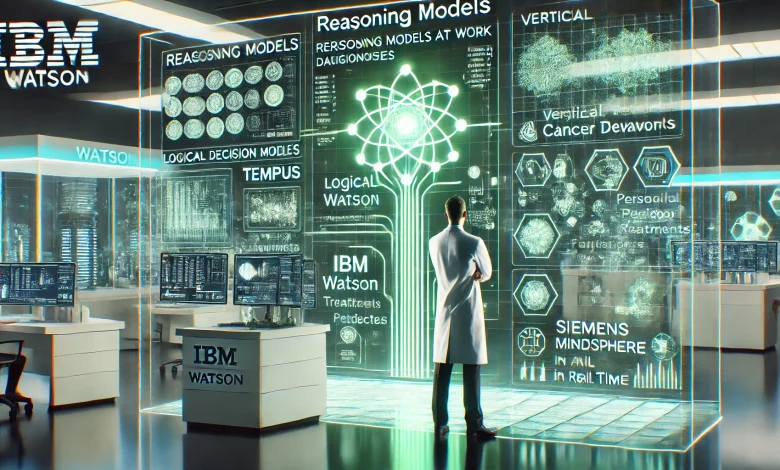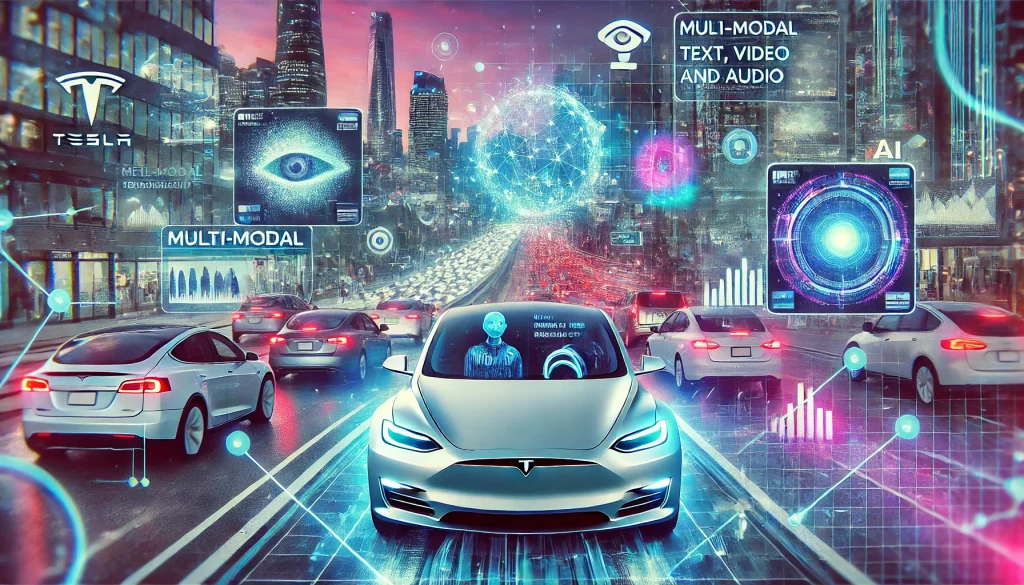3 AI Development Approaches That Will Dominate in 2026

Artificial intelligence is charging toward 2026 with unstoppable momentum, poised to transform industries and redefine how we solve problems. Three development approaches, multi-modal systems, reasoning models, and specialized vertical applications, are emerging as the frontrunners. These trends are gaining traction because they push AI beyond its current limits, making it smarter, more intuitive, and finely tuned to real-world challenges. Let’s analyze why these approaches are set to dominate.
At a Glance
- Multi-Modal Systems: AI that integrates text, images, audio, and video for a human-like grasp of the world.
- Reasoning Models: AI that thinks logically, making decisions and inferences, not just spotting patterns.
- Specialized Vertical Applications: Industry-specific AI tailored to unique challenges in sectors like healthcare or finance.
Why These Trends Are Emerging Now
AI is no longer just about processing data; it’s about understanding complexity. By 2026, businesses will demand systems that adapt to messy, real-world scenarios. Multi-modal systems, reasoning models, and vertical applications meet that need, leveraging cutting-edge advancements to deliver practical, high-impact solutions.
1. Multi-Modal Systems: AI with a Full Sensory Toolkit
What It Is: Multi-modal systems process and integrate diverse data types. Think text, images, audio, and video, all at once. This approach mimics human perception, allowing AI to interpret context across multiple channels.
Why It’s Gaining Traction: The world doesn’t come in one format, and neither should AI. Multi-modal systems excel at tasks requiring a holistic view, like analyzing a video to transcribe speech, identify objects, and detect emotions through tone and facial cues. This versatility is driving adoption across industries.
Emerging Trends:
- Autonomous Vehicles: Companies like Tesla use multi-modal AI to fuse data from cameras, radar, and lidar, enabling safer navigation.
- Customer Service: AI chatbots are evolving to analyze voice, text, and even video, offering personalized support that feels more natural.
- Healthcare Potential: By 2026, expect multi-modal systems to analyze patient records, imaging, and spoken symptoms for faster, more accurate diagnoses.

Why It Matters: As data grows more diverse, multi-modal AI’s ability to connect the dots will make it indispensable.
2. Reasoning Models: AI That Thinks Like a Problem-Solver
What It Is: Reasoning models go beyond pattern recognition to perform logical inference and decision-making. They analyze information, weigh options, and draw conclusions. Think of them as AI with a brain. Not just a memory.
Why It’s Gaining Traction: Businesses need AI that can handle ambiguity and make judgment calls, not just parrot back data. Reasoning models shine in complex scenarios like medical diagnosis or legal analysis, where context and logic are critical.
Emerging Trends:
- Medical Diagnosis: Tools like IBM’s Watson cross-reference symptoms with vast medical databases to suggest conditions, aiding doctors with precision.
- Legal and Compliance: AI systems like ROSS Intelligence parse regulations and case law, helping firms navigate complex rules.
- Scientific Research: By 2026, reasoning models could analyze experimental data and propose hypotheses, accelerating discovery.
Why It Matters: As tasks grow more intricate, reasoning models will bridge the gap between data and actionable insight.
3. Specialized Vertical Applications: AI Tailored to Your Industry
What It Is: Vertical applications are AI systems custom-built for specific sectors, such as healthcare, finance, and manufacturing, addressing their unique needs with laser focus.
Why It’s Gaining Traction: Generic AI can’t compete with solutions fine-tuned for industry-specific challenges. Specialized systems leverage domain expertise and targeted datasets, delivering superior performance where it counts.
Emerging Trends:
- Healthcare: DeepMind’s AlphaFold revolutionizes drug discovery by predicting protein structures, while tools like Tempus personalize cancer treatments.
- Finance: Plaid’s AI detects fraud in real time, and JPMorgan uses it to analyze contracts, slashing review times.
- Manufacturing: Siemens’ MindSphere predicts equipment failures, cutting downtime with AI-driven maintenance.
Why It Matters: By 2026, vertical AI will dominate as industries demand precision tools that generic models can’t match.
The Bigger Picture
These approaches aren’t just hype; they’re already proving their worth. Multi-modal systems power Tesla’s self-driving tech. Reasoning models streamline compliance at JPMorgan. Vertical applications like Tempus are saving lives in healthcare. By 2026, their influence will deepen, driven by advances in computing power, data availability, and algorithmic innovation.
What’s Next?
- Multi-Modal Growth: Expect smart cities and virtual assistants that blend sight, sound, and context with eerie accuracy.
- Reasoning Expansion: Models could tackle high-stakes decisions in finance or even diplomacy.
- Vertical Precision: Niche AI for sub-industries, like sustainable energy or personalized education, will explode.
Conclusion
Multi-modal systems, reasoning models, and specialized vertical applications are the AI powerhouses set to dominate in 2026. They’re not trends to watch; they’re trends to act on. By embracing these approaches, businesses can unlock smarter, more adaptable AI that thrives in the real world. The future’s coming fast, so get ready for it.
Signup to our newsletter below!
Stay Ahead in AI
Get the latest AI news, insights, and trends delivered to your inbox every week.




